![]() May 15, 2024
May 15, 2024
![]() 2818
2818
![]() 0
0
In the landscape of Indian spirituality, luminaries like Guru Nanak, Vallabhacharya, Chaitanya, Shankaradeva, Tulsi Das, Tukaram, and Guru Ramdas shine as beacons of devotion and wisdom. Their teachings spanned centuries, fostering paths to divine connection and social harmony, influencing millions with their profound insights and spiritual practices.
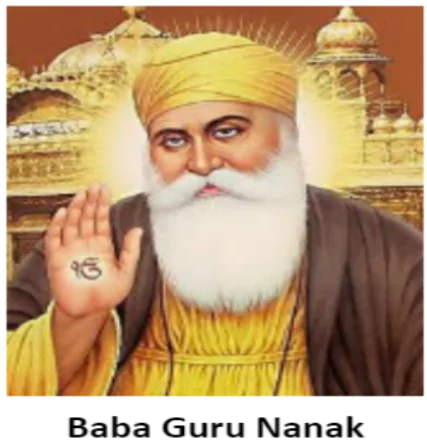
Other Sikh Gurus:
|
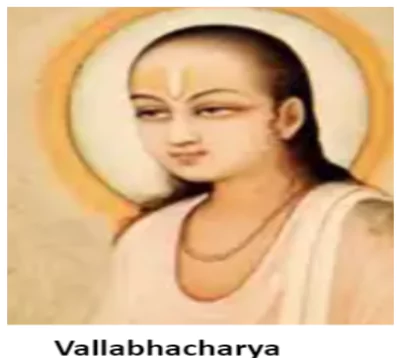
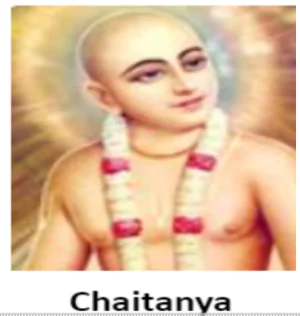
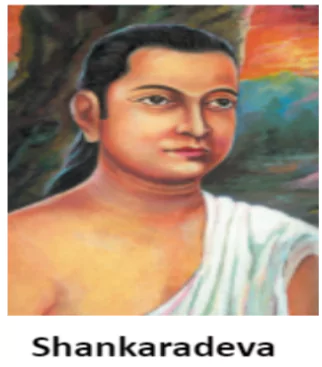
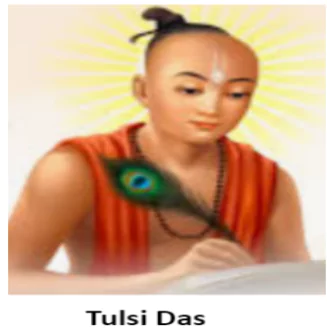
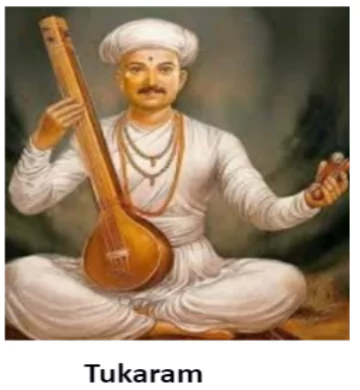
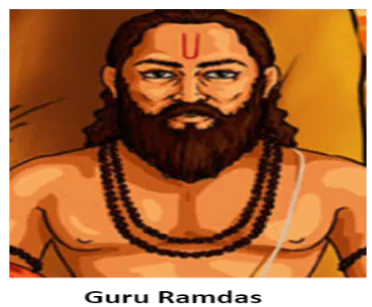
| Must Read | |
| Current Affairs | Editorial Analysis |
| Upsc Notes | Upsc Blogs |
| NCERT Notes | Free Main Answer Writing |
These spiritual leaders, through their diverse teachings and practices, illuminated the paths of devotion, equality, and unity. Their legacies continue to inspire generations, fostering a tapestry of spiritual understanding and cultural richness in the fabric of India’s heritage.
| Related Articles | |
| BHAKTI MOVEMENT: IMPORTANCE, NAYANARS | Veerashaiva Mahasabha |
| Economic Development: Challenges and Goals Explored | Sangam Age – Political History Of South India |
<div class="new-fform">
</div>

Latest Comments